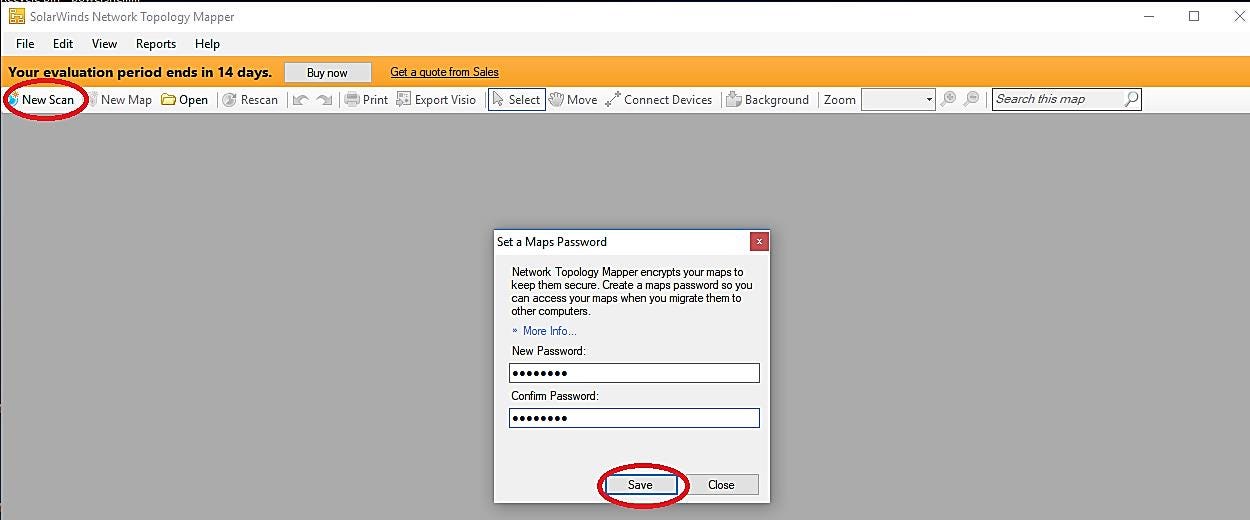

Several operations contribute to effective management of your network topology, including visual mapping, configuration management, and performance monitoring. To ensure the right network topology diagram solution is implemented, businesses should consider their scale and size, their budget, and their goals. When selecting a network topology diagram tool, administrators have plenty to choose from.

A network topology diagram tool can help you automate the process of creating a network topology diagram and tailor the diagram to the needs of your business. Networks can be arranged in many ways, each with their own merits and disadvantages making them more or less suited to individual business needs. Though logical and physical are the two main categories of network topology, there are many more network diagram types.

A logical network topology typically includes cloud and virtual resources.Įffective and comprehensive network monitoring and management activities require you to have a robust understanding of the logical and physical topology of your network to ensure its health and efficiency. It should include which nodes are connected, how they’re connected, and how information is being transmitted across the network.
Logical Network Topology: This category provides high-level insight into how your network is arranged. To set up, maintain, and provision this type of topology, you must understand your physical network. Physical Network Topology: This topology category refers to the arrangement of actual connections (i.e., cables and wires). There are two main categories of network topology: physical and logical. A network topology diagram provides insight into how your network is structured and organized and gives you a logical or physical view of how nodes and links have been set up and how they interrelate. The topology of your network plays an important role in determining network performance and scalability. The three main types of network diagrams are the network topology diagram, the network segmentation diagram, and the network architecture diagram (sometimes called the network infrastructure diagram.) Below, you’ll find a quick definition of each. There are a range of different network diagram types, which can make understanding the difference between them a little confusing. Overall, the arrangement of a network can have a significant impact on your network’s connectivity, availability, and functionality. With a network topology diagram, you can gain valuable visual insight into the logical and physical layouts of your network, enabling admins to view connections between components during troubleshooting activities. Your network’s structure and design are typically displayed and potentially manipulated from within your software-generated network topology diagram. The different topologies offer different advantages in terms of failover protection and scalability. These include bus (a straight line), ring (a circle arrangement), tree (with multiple branches), star (with one central node), mesh (with connections between all the nodes), and any hybrid of these types. You may already be familiar with the main network topologies, but there are six primary types you should know as you build a network diagram. A carefully managed and streamlined topology can also improve data efficiency and increase energy, minimizing maintenance and operational costs. Selecting the appropriate topology type for your business’s operational model can improve performance, make fault location and identification easier, enable you to troubleshoot issues more effectively, and inform network resource allocation activities to boost network health. First and foremost, your network’s layout plays a key role in how your network functions and how well it performs. Your network’s layout is an important factor for several reasons. This enterprise-grade tool is versatile, user-friendly, and scalable, making it the ideal choice for small and large businesses alike. I’ll also provide a summary of the benefits of SolarWinds ® Network Topology Mapper, a mapping and diagramming solution designed to help you visualize your network, understand the way your devices connect, and troubleshoot network problems. I’ll then outline the pros and cons of attempting to manually create a network topology diagram. This guide will help improve your understanding of network topology diagrams and provide definitions for network infrastructure diagrams (also known as network architecture diagrams) and network segmentation diagrams.







 0 kommentar(er)
0 kommentar(er)
